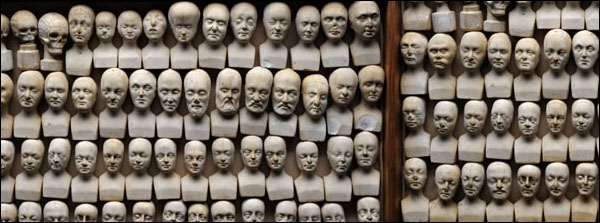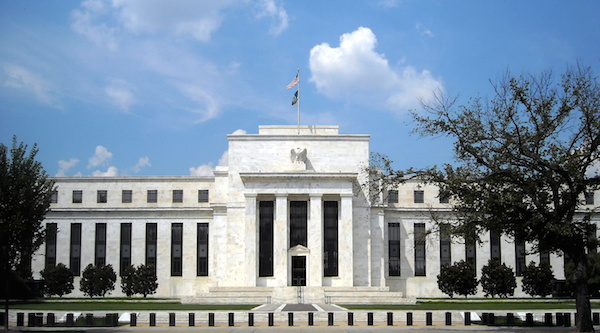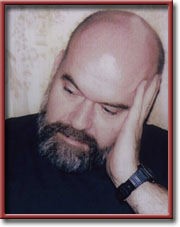Fed Up

“The Fed allowed itself to be distracted by a misguided concern with headline inflation . . . .”—By Sanford Rose
Dolors & Sense
By Sanford Rose

KISSIMMEE Florida—(Weekly Hubris)—7/14/2014—Post mortems on the Great Recession are now so numerous that they surfeit the interested reader.
Some ascribe the causes of the calamity to the cupidity of individuals and institutions.
Others, taking a more aggregate approach, emphasize the misbehavior of government, especially the Federal Reserve.
The Fed regulates short-term rates and, through this mechanism, the amount of money in the economy.
When it wants to restrain an over-exuberant economy (will we ever see one again?), it sells a lot of securities from its portfolio, which lowers the money balances of purchasers and raises interest rates, thereby damping down economic activity.
When it wants to stimulate, it does the reverse. It buys securities, which raises money balances and lowers interest rates.
It’s been doing the reverse for some years now—buying up Treasuries, agency debt, and mortgage-backed securities—with some success.
But not sufficient success.
The economy is still slack and underemployed.
People, and especially businesses, are flush with cash, but they are loath to spend it.
They are afraid that if they spend to acquire the tools with which to turn out more goods and services, they and others like them simply won’t buy the additional output.
The Great Recession has scarred the psyche of a nation.
Could it have been prevented? Could the Fed have done something in 2008 to soften the blow?
Indeed, it could have.
The recession began in December, 2007. It was triggered by the twin shocks of the housing bust and the run-up in oil and commodity prices.
These shocks predictably reduced the willingness of consumers to spend. As spending stalled, businesses lowered inventory purchases, which in turn reduced factory output.
The Fed started the cycle of easing, pushing down short-term rates substantially.
But, then, in May, 2008, it suddenly paused: the fed-funds rate did not budge until September, even though the economy continued to weaken, as evidenced most obtrusively by the decline in private non-farm payrolls.
Instead of focusing on demand and the threat of unemployment, the Fed allowed itself to be distracted by a misguided concern with headline inflation (inflation including volatiles such as oil and food prices) and with the impact of a prospective decline in the value of the dollar on future inflation.
Based on a misreading of economic statistics and trends, it stopped printing money (actually bank reserves) precisely when it should have stepped up its efforts.
This was the pause that did not refresh.
This was the pause that helped turn what might have been a mild recession into a disaster that massively deflated economic expectations.
No amount of subsequent monetary easing has yet succeeded in reflating them.

2 Comments
Veronica Rose/Knott
Well said:-)!
Veronica Rose/Knott
Well said